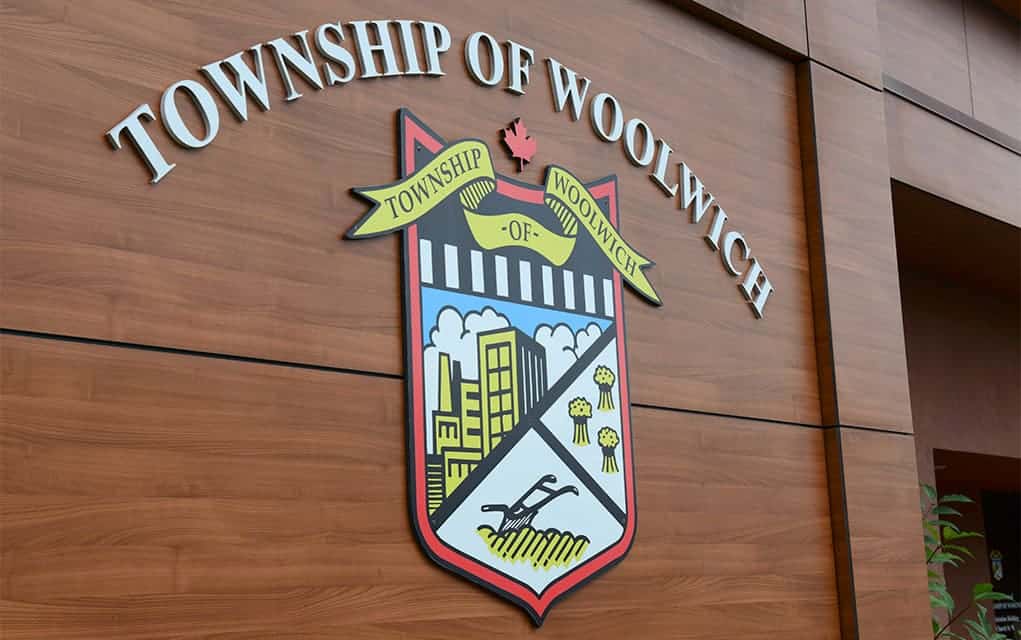Waterloo Region high schools are facing a steep 18 per cent cut to teachers’ salary funding in the upcoming school year, according to budget numbers released by the public school board, as the province pushes for larger class sizes in Ontario secondary schools.
The shortfall in provincial funding of $22 million to the Waterloo Region is being most acutely felt in secondary schools, where the government has mandated class sizes be increased by almost a fifth, from an average of 22 students per teacher to classes of 28. The move effectively eliminates funding for every fifth classroom in Ontario high schools and, with those classrooms, one-in-every-five teaching positions as well.
The reduction in salary funding is being partially offset by a temporary “Teacher Job Funding Protection Allocation” of $19.6-million to the Waterloo Region District School Board (WRDSB), said Matthew Gerard, the board’s coordinating superintendent, business services and treasurer.
“Now the ministry has provided us with some attrition protection funding, and that helps to bridge most of the gap,” said Gerard. “But we have a little bit of ground to make up, and we had to make some budget decisions to help balance off the budget. To make sure we were able still allocate those high level of resources to the classroom to make sure we are maintaining those ratios.”
The stopgap measure, also called the attrition protection funding, was introduced in response to a severe backlash from public educators, worried about sudden job losses. Though the province aims to cut one-in-five secondary school teaching positions, it has said it would like the change to come about through attrition, such as teacher retirements and voluntary resignations, over a period of a few years.
However, the extra funding is set to expire in four years, leaving schools and school boards forced to make do with less in the long run.
The attrition funding also fell short of covering the $22 million cut in the 2019-20 budget. While the province has stated it will fund classrooms at 28 students to a teacher, the ratio is predetermined by the teachers’ union contracts with the province, which expire this August.
“What this ultimately means for us is that although funding has gone down, our collective agreements stipulates that we have to maintain the ratio that we were previously at. So that 22-to-1 in secondary, as opposed to the 28:1 that we were funded at,” said Gerard.
To make up the rest of the difference, the WRDSB had to find savings where it could, including by pulling 33 full-time learning support teachers (LSTs) from the learning services program to teach in the classrooms.
“The changes introduced by the ministry for 2019-20 have severely restricted our ability to invest in new personnel, programs or services for the system,” reads the WRDSB budget. “And ultimately, it required staff to undertake a review of existing services and programs to identify areas where we could implement restraint measures in order to balance the budget.”
WRDSB trustees approved a balanced budget for the upcoming 2019-20 school that, on the surface, appears virtually unchanged from the year before. Total spending rose by a nominal 0.1 per cent to $775-million, from last year’s $774-million, suggesting a freeze on school board budget increases.
However, of that $775-million on the books, $19.6-million is due to the temporary job protection fund. Funding for all secondary school teachers’ salaries in Waterloo Region, meanwhile, decreased by $21 million from what it would have been had funding levels been kept the same. Grades JK through 8, by comparison, saw a net reduction of $1.7 million.
All other funding for school boards outside of teacher salary funding was held mostly the same, or increased slightly, from 2018-19. At the same time, a growth in student population also pushed government subsidies upwards, as the majority of funding to school boards is based on the number of students enrolled.
“I’d say really what this budget does is it puts us in a position to look at the resources that we have to support our students, and make sure that we’re providing as much support as we possibly can,” said Gerard. “So last year looks different than this year. We need to be more mindful of the resources we have, and how we support all of our students.”









